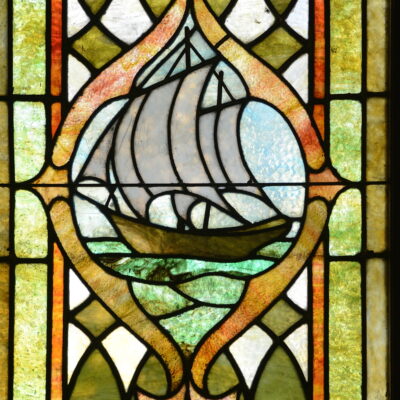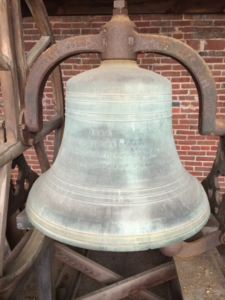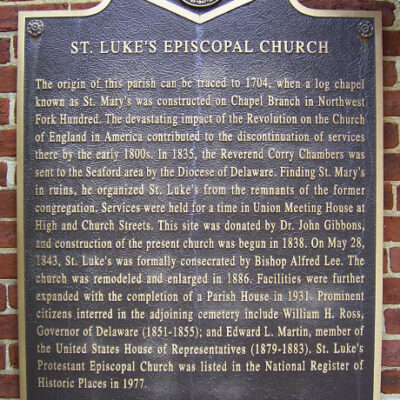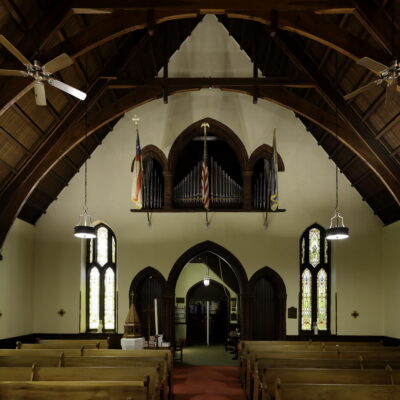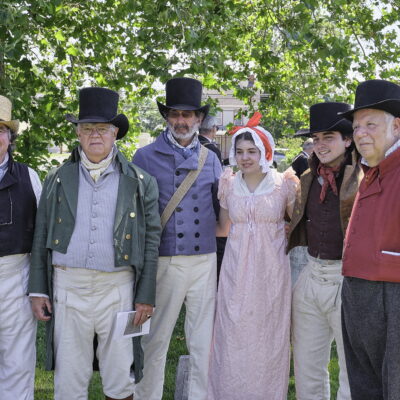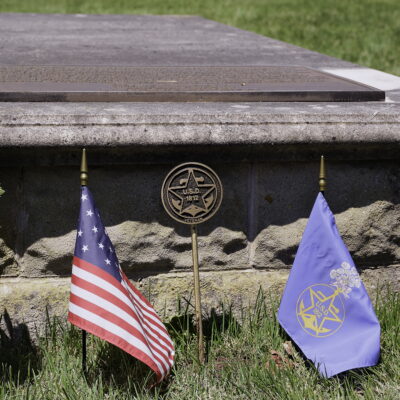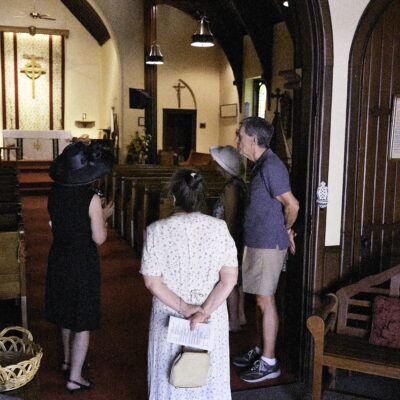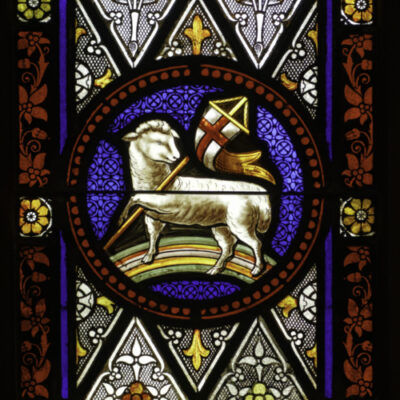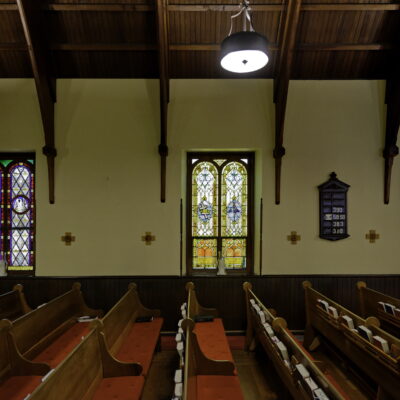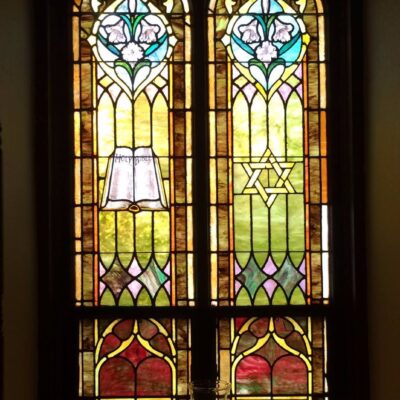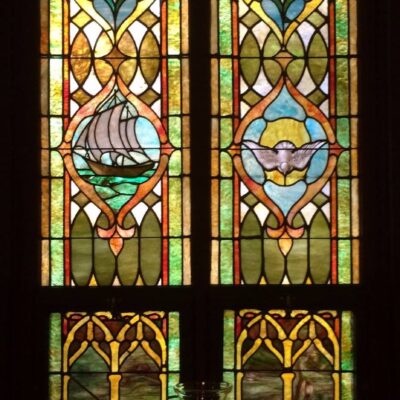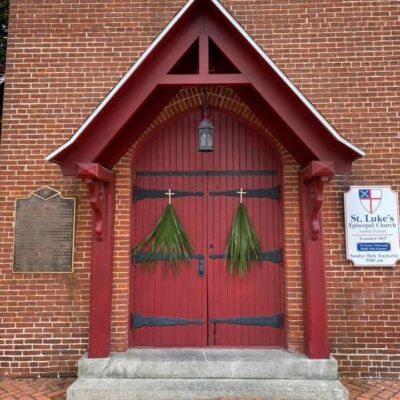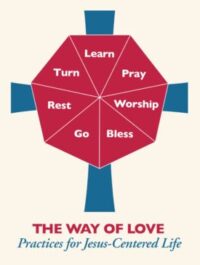We are a Community of Faith:
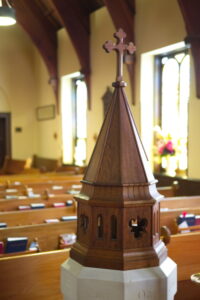
We come from many backgrounds, have varied points of view, and are in different places in our spiritiual journey. We share a common desire to enter more deeply into the life God has for us in Christ Jesus.
As His disciples, our mission is to know and follow Christ, making Him known by loving God and loving our neighbors.
Wherever you are in your spiritual journey, you are welcome here. Worship with us Sundays at 9:30 AM and take a step toward renewal, toward living life abundantly, and toward The Way of Love.
In Jesus, we find that the nature of God is Love.
As followers of Jesus Christ, we are united by faith in a loving God...
The Rev Marianne Sorge Ell
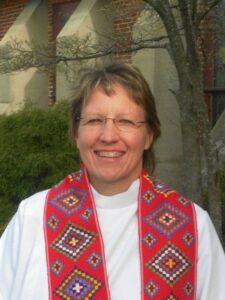
Our Pastor:
Prior to relocating to Seaford, The Reverend Marianne S. Ell served two churches in North Dakota from 1995 to 2013 - St. Peter's Episcopal Church, Williston, ND and St. Michael and All Angels Episcopal Church, Cartwright, ND.
Pastor Ell served as chaplain for Bayleigh Chase, a continuing care retirement community in Easton, MD. She is also a leader in the Episcopal Church nationally, serving in CREDO, a health and wellness program for active and retired clergy.
Pastor Ell was born in North Dakota, but grew up in Brazil and Maryland's Eastern Shore. She speaks Spanish and Portuguese. She enjoys coaching volleyball, basketball and soccer, as well as walking, traveling, reading, photography and scrap booking.
Our Governance:
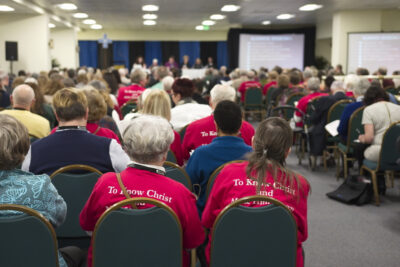
In the Episcopal Church, the governing body of a local church is called the Vestry. A vestry is an elected group of parish members who oversee the church and its operations.
Vestry members are elected at each Annual Meeting, by active members of the church to three-year terms. The roles currently served by the Vestry of St Luke's are:
Senior Warden
Junior Warden, Finance Committee
Front Door Ministry
Pastoral Care
Worship
Register
Positions appointed by the Vestry are:
Treasurer, and Parish Administrator
Finance Committee Chair
Delegates to Annual Dioc. Convention
Alternate Delegates
ANNUAL MEETING 2025
WHEN: February (Date TBA)
(Immediately follows 9:30 am service)
Lunch will be served:
WHERE: St Luke's Parish House
202 North Street, Seaford, DE
St Luke's Episcopal Church
has deep roots in the history
of Delaware - and of America!
